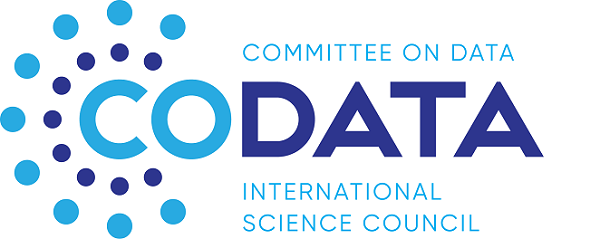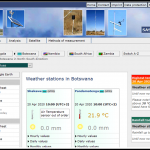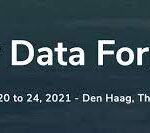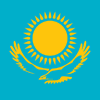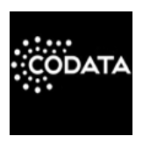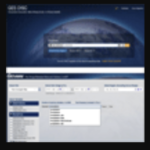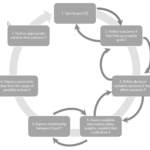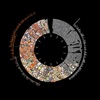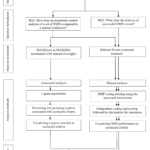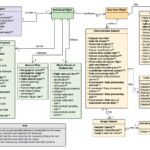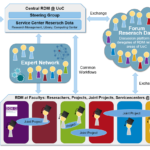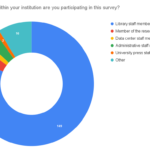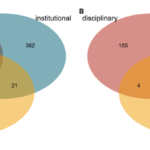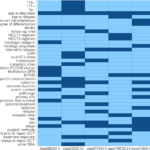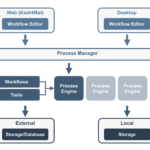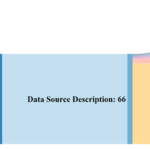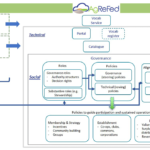
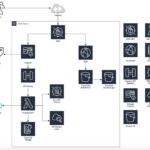 Title: RDM+PM Checklist: Towards a Measure of Your Institution’s Preparedness for the Effective Planning of Research Data Management Title: RDM+PM Checklist: Towards a Measure of Your Institution’s Preparedness for the Effective Planning of Research Data ManagementAuthor: Matthew I. Bellgard, Ryan Bennett, Yvette Wyborn, Chris Williams, Leonie Barner, Nikolajs Zeps URL: http://doi.org/10.5334/dsj-2023-036 |
|
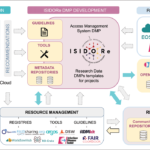 Title: Umbrella Data Management Plans to Integrate FAIR Data: Lessons From the ISIDORe and BY-COVID Consortia for Pandemic Preparedness Title: Umbrella Data Management Plans to Integrate FAIR Data: Lessons From the ISIDORe and BY-COVID Consortia for Pandemic PreparednessAuthor: Romain David, Audrey S. Richard, Claire Connellan, Katharina B. Lauer, Maria Luisa Chiusano, Carole Goble, Martin Houde, Isabel Kemmer, Antje Keppler, Philippe Lieutaud, Christian Ohmann, Maria Panagiotopoulou, Sara Raza Khan, Arina Rybina, Stian Soiland-Reyes, Charlotte Wit, Rudolf Wittner, Rafael Andrade Buono, Sarah Arnaud Marsh, Pauline Audergon, Dylan Bonfils, Jose-Maria Carazo, Remi Charrel, Frederik Coppens, Wolfgang Fecke, Claudia Filippone, Eva Garcia Alvarez, Sheraz Gul, Henning Hermjakob, Katja Herzog, Petr Holub, Lukasz Kozera, Allyson L. Lister, José López-Coronado, Bénédicte Madon, Kurt Majcen, William Martin. Wolfgang Müller, Elli Papadopoulou, Christine M.A. Prat, Paolo Romano, Susanna-Assunta Sansone, Gary Saunders, Niklas Blomberg, Jonathan Ewbank URL: http://doi.org/10.5334/dsj-2023-035 |
|
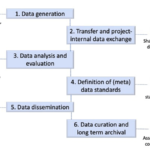 Title:Data Management for PalMod-II – A FAIR-Based Strategy for Data Handling in Large Climate Modeling Projects Title:Data Management for PalMod-II – A FAIR-Based Strategy for Data Handling in Large Climate Modeling ProjectsAuthor: Swati Gehlot, Karsten Peters-von Gehlen, Andrea Lammert, Hannes Thiemann URL: http://doi.org/10.5334/dsj-2023-034 |
|
 Title: Development of a Job Advertisement Analysis for Assessing Data Science Competencies Title: Development of a Job Advertisement Analysis for Assessing Data Science CompetenciesAuthor: Jan Vogt, Thilo Voigt, Annika Nowak, Jan M. Pawlowski URL: http://doi.org/10.5334/dsj-2023-033 |
|
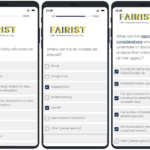 Title: Engaging with Researchers and Raising Awareness of FAIR and Open Science through the FAIR+ Implementation Survey Tool (FAIRIST) Title: Engaging with Researchers and Raising Awareness of FAIR and Open Science through the FAIR+ Implementation Survey Tool (FAIRIST)Author: Christine R. Kirkpatrick, Kevin Coakley, Julianne Christopher, Inês Dutra URL: http://doi.org/10.5334/dsj-2023-032 |
